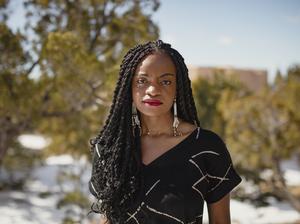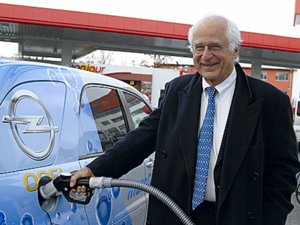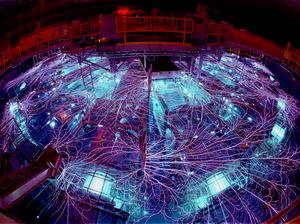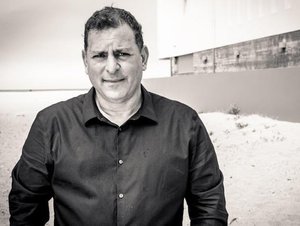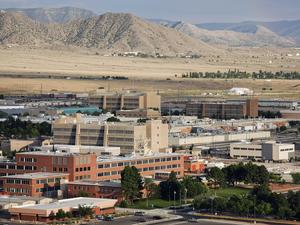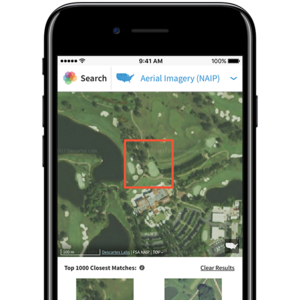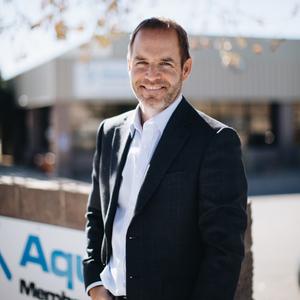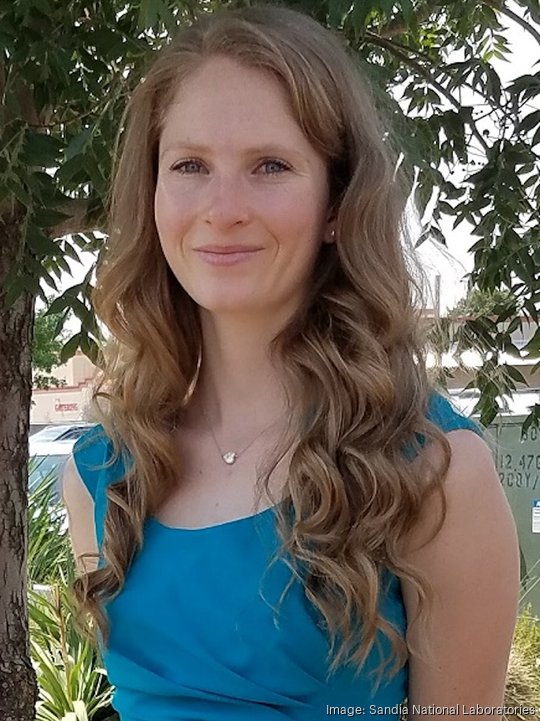
After growing up in a family of engineers, Josefine McBrayer knew she was set for a future in scientific research.
"I've wanted to get a Ph.D. even before I actually knew what that meant," McBrayer said. "My parents were both engineers, and my dad had a Ph.D. So even in first grade, when I was asked what I wanted to do, I said I wanted to be a Ph.D. scientist."
McBrayer, alongside Joseph Cuozzo, is one of this year's Truman Fellows at Sandia National Laboratories. The fellowship gives recent Ph.D. recipients a full salary and lab space to conduct "independent ground-breaking research that supports Sandia's national security mission," according to the Labs' website.
After completing a Ph.D. in chemical engineering at the University of Utah, a pair of her research mentors suggested McBrayer apply to both of Sandia's fellowship programs — the Truman Fellowship and the Jill Hruby Fellowship.
Landing the Truman Fellowship brought McBrayer back to Albuquerque, where she attended Highland High School and the University of New Mexico for her bachelor's and master's degrees in engineering.
While she said Salt Lake City, home to the University of Utah, is quite similar to Albuquerque, she missed New Mexico's nature and dance community. (She dances with CSP Dance Studios in Albuquerque.)
"I've never seen a more beautiful sunset than here," McBrayer said.
Albuquerque Business First caught up with McBrayer to hear about her research and its potential applications.
This interview was edited for brevity and clarity.
Albuquerque Business First: Can you briefly describe the research that you do at Sandia?
Josefine McBrayer: I work on a variety of battery projects, mainly focused on lithium-ion batteries, so what's in your cell phone or laptop. Basically, I'm trying to look at replacing the anode and cathode — the electrodes — in that battery to make the system more energy dense. You can think of that as analogous to a small piece of cake that could have the same number of calories as a large melon. Similarly, if you can optimize the materials in your battery, you can have a lot more energy stored in a much smaller package.
How did you first get interested in this field of research? Through school, I loved math and chemistry and science in general. So for college, it made sense to pursue chemical engineering. The first part of my bachelor's in chemical engineering focused on the biological side of things. I really enjoyed it, but it wasn't my favorite thing.
I approached my materials engineering professor because I loved his class. Materials (engineering) has applications in biology but it also has applications in batteries and the energy field, it's very wide reaching. He actually had an internship opening at Sandia in the power sources technology group, and that's where I first became exposed to electrochemistry and batteries. I loved it more than any other subject area I had worked in or studied.
What do you think pulled you to batteries and material engineering specifically? Why do you think you found so much interest in that? When I was in high school, I went to a poster session at UNM. There was someone talking about biomedical devices and how to design the materials to be able to go into the human body without the body rejecting the material. I was interested in the materials. What did they have to do to make that device able to go into the human body?
When I started in this lab with batteries and electric chemistry, I just loved that you can calculate, you can see your behavior mathematically. I love that aspect of it. And I love that batteries enable renewable energy. I've always been really passionate about the climate and trying to move toward renewables in general. Batteries allow that because things like wind and solar are intermittent, so you need batteries or some kind of storage device for off times.
Are there other applications of your research that you're excited about? Most of my Ph.D. work was all funded by the [U.S. Department of Energy's] Vehicle Technologies Office, which I loved. It was primarily focused on electric vehicles. But of course here at Sandia, I'm also excited about the national security applications, as well. In terms of what's useful to the Sandia business community, while batteries aren't directly a renewable energy source, they're required. I do love that aspect of it.
With electric vehicles, our grid system, both in New Mexico and in the U.S., needs to be upgraded to handle renewables and to be able to have electric vehicles be more widespread. Improving batteries … if you could have your car travel 300 to 500 miles from here to Denver on a single charge, not having the infrastructure of charging stations between here and there may not be such a big deal.
What do you see as the future of your research? My big career goal would be to see something from fairly basic research to being patented or applied in the field, and knowing that I was integral in improving that battery system or electrochemical systems in general. There are a lot of really cool applications of electrochemistry.
